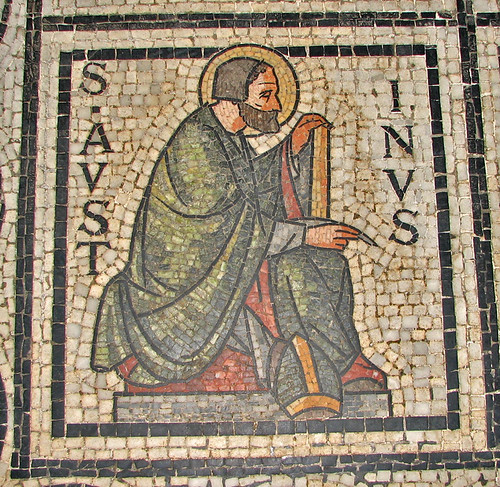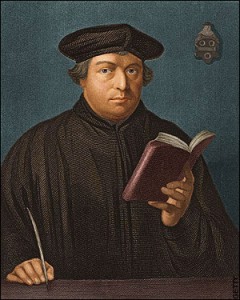 |
| One Latin form of Augustine was "Austinus" |
Augustine did not, as St. Benedict did, set out to write a formal set of rules for an order. He did, however, leave a great deal of his written work behind. Three of these writings, taken together, are considered the Rule of St. Augustine.
The first is referred to as Letter 211, written in 423 to the nuns at Hippo (known to the modern world as Annaba, Algeria). It does not offer a list of specific actions to perform in their daily life; it was a more general letter about proper behavior during church services, embracing poverty and obedience, and the duties of the superior of the community. As the Bishop of Hippo, Augustine's letter was taken very seriously and read weekly to the nuns to remind them of their obligations.
 |
| Martin Luther was an Augustinian |
These Sermons and Letters were available to everyone over the centuries after Augustine. Benedict is said to have read and re-read Letter 211. It was not until 1256, however, that an actual Order of Saint Augustine was founded, when Pope Alexander IV issued a papal bull doing so.
No comments:
Post a Comment
Note: Only a member of this blog may post a comment.